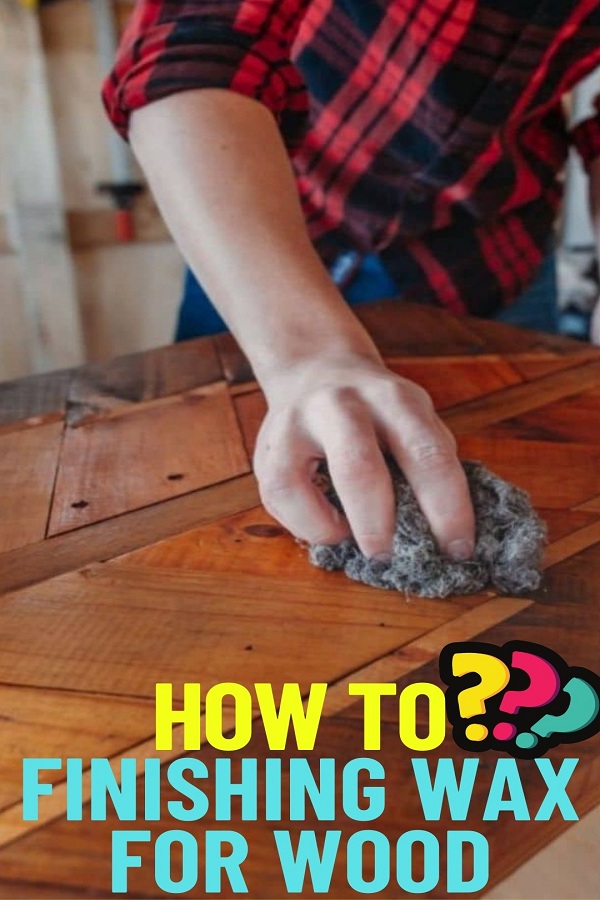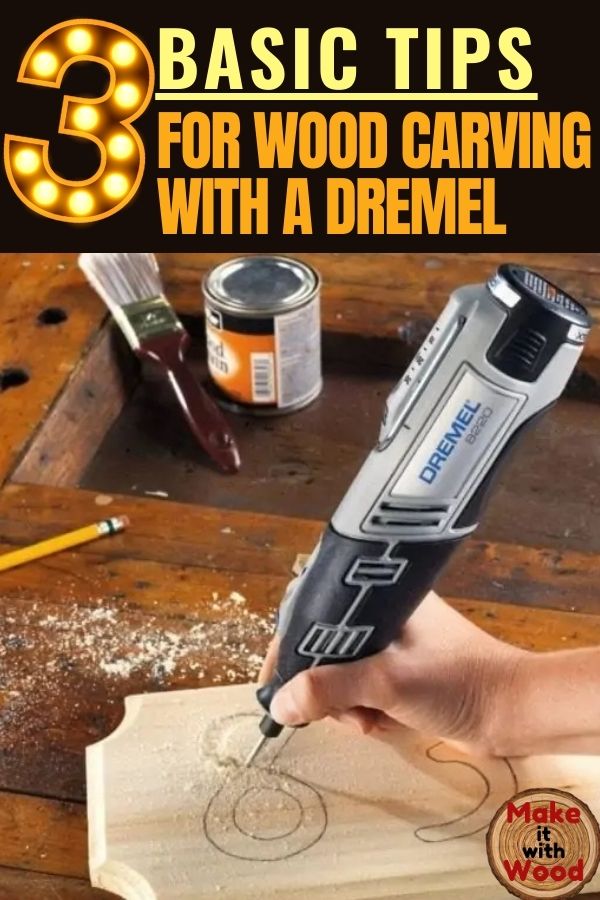Wax wood finish

Wax is one of the oldest finishing methods, Charles, and it has a lot of things going for it:
practically foolproof application, easy renewal, and it imparts a beautiful, softsheen.
Prepared furniture waxes are usually a blend of different types of waxes, from beeswax (the softest) to carnauba (harder) to microcrystalline (the hardest). Like other finishes, wax sits on the surface of the wood, creating a barrier against water and spills, making them easier to wipe up. If the surface becomes dull or scuffed, apply a new coat of wax right over the existing layers. Tinted paste wax enables you to match darker woods or provide a contrasting color to the pores of the wood.
But wax has its downsides as well. It ranks at the bottom of the scale in terms of durability and resistance to scratches and abrasions.
Because wax has a fairly low melting point, it doesn’t stand up to heat very well. So don’t use wax on projects that will have hot items, such as a cup of coffee, placed on them. And as you might guess, wax finishes won’t last on outdoor
projects.
Wax really shines on projects that won’t be handled or used on a daily basis, such as jewelry boxes, bookcases, picture frames, and detailed items, such as carved moldings. Work the wax into the intricate areas of the project with a brush, then buff away the excess with a soft cloth. Apply wax to turned projects
right on the lathe, using a paper towel.
The heat generated from the friction of the spinning workpiece helps melt the wax, distributing it evenly over the wood. If a wax finish appeals to you, but you want something that offers a little more protection, combine wax with another finish. For example, you could finish your end tables with polyurethane, lacquer, or even shellac, and then apply wax over the cured finish.
This gives you the best of both worlds—a durable, long-lasting finish with the warmth, beauty, and easy renewability of wax. But you’ll still want to slide a coaster under your morning cup of Joe.
Tip : Unlike a cloth, a paper towel tears away easily should it wrap around a spinning item on the lathe.



